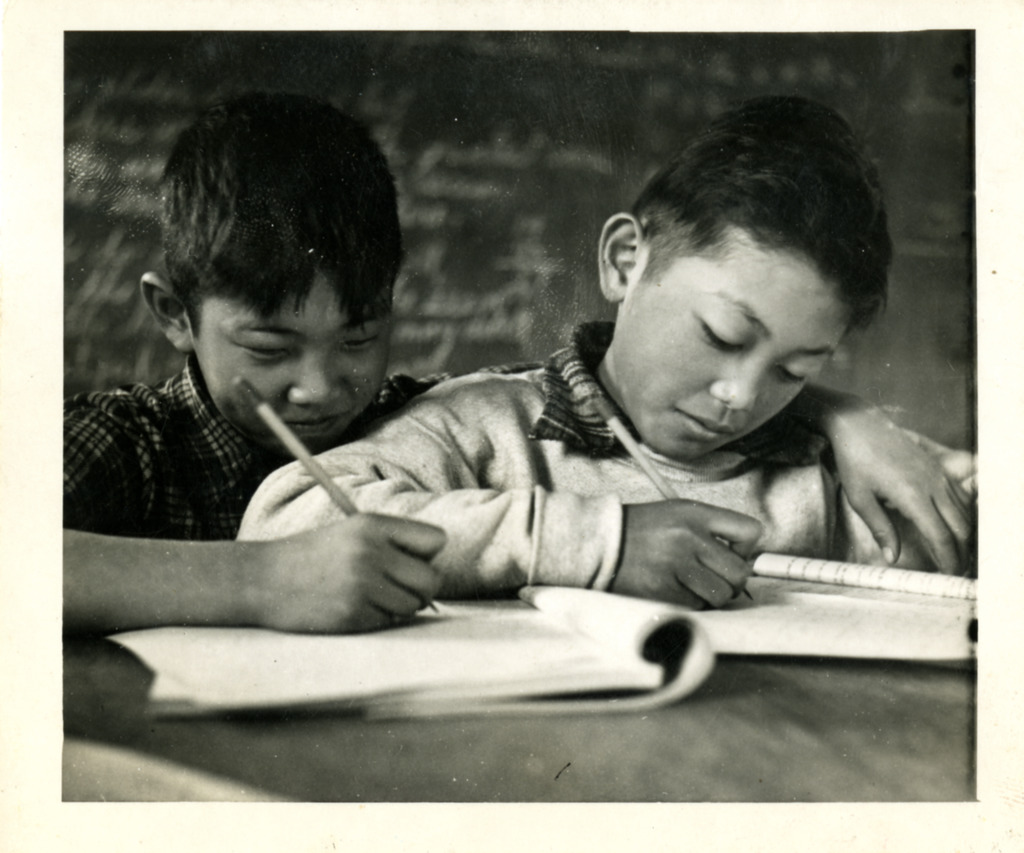November 30, 2022
As we approach the end of 2022, we’re looking back at the highs — and lows — of the past year. Here are this year’s top ten most-read pieces from the Densho Catalyst. Count down with us to revisit the hidden histories, reading recs, community art projects, bittersweet changes here at Densho, and a couple unfortunate displays of white fragility that marked 2022.
#10 – Four Nisei Jazz Stars You’ve Probably Never Heard Of
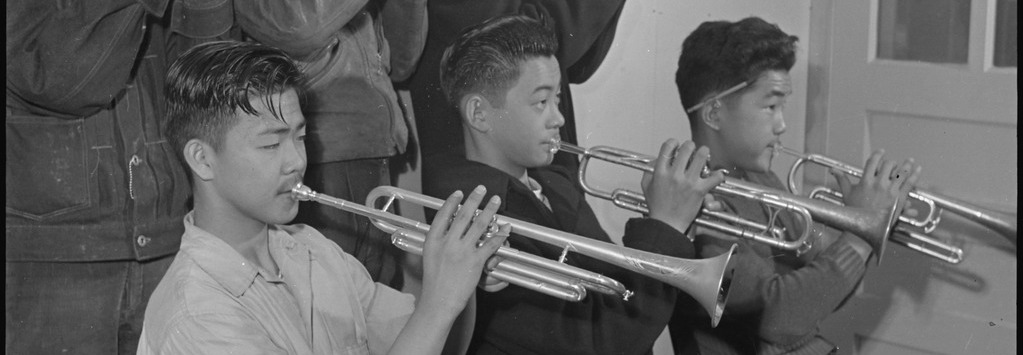
For many Japanese Americans, especially the Nisei generation, music served as both an inspiration and outlet during the difficult years of WWII incarceration. Historian Jonathan van Harmelen, who spent a few months this summer writing for the Densho Catalyst, looks at four little-known Nisei jazz stars who left camp to pursue careers as musicians and went on to play with the likes of Lionel Hampton and Miles Davis, bring bebop to Japan, and even appear in a few feature films.
#9 – Hey Muskego-Norway School Board, Your White Fragility is Showing
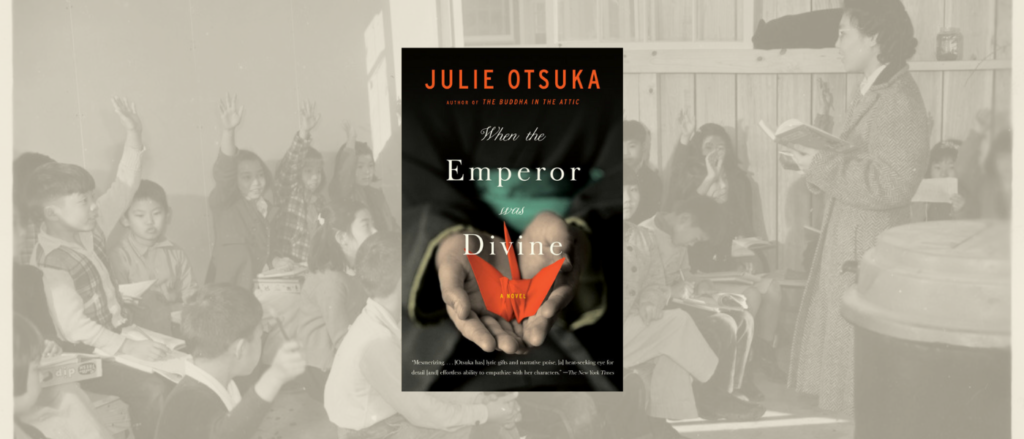
You might have seen the news this summer that Wisconsin’s Muskego-Norway School Board denied a request from the district’s teachers to include Julie Otsuka’s award-winning novel When the Emperor Was Divine in their 10th grade AP English class. The board offered little justification for the ban, other than to suggest that the inclusion of Otsuka’s book could create a problem with “balance,” since the curriculum already includes a 10-page excerpt from Farewell to Manzanar.
The board’s decision to reject the book remains an object lesson in white fragility — and it’s the latest iteration of a growing wave of ignorance and bigotry as part of the conservative movement to eradicate Critical Race Theory from our schools.
#8 – The Japanese American History Books Your Little One Needs in Their Library
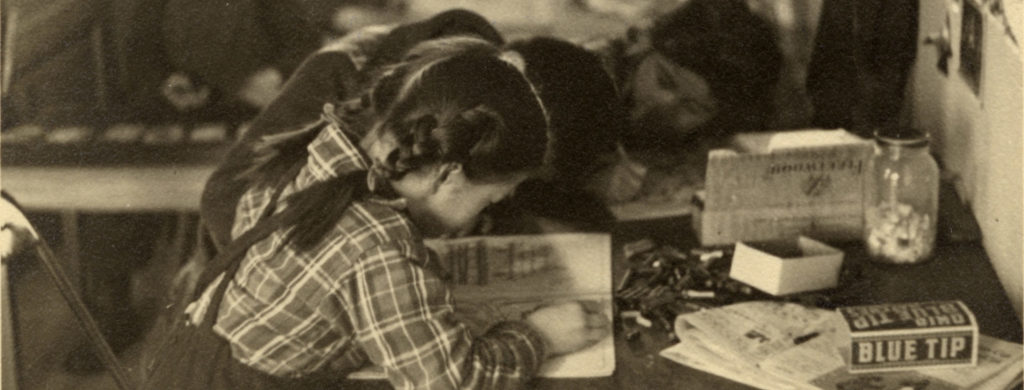
Looking for some reading recommendations for the young reader in your life? Get them learning about Japanese American incarceration history with these 14 picture book recommendations from Densho Content Director Brian Niiya.
#7 – Tom Ikeda Announces Plan to Retire from Densho
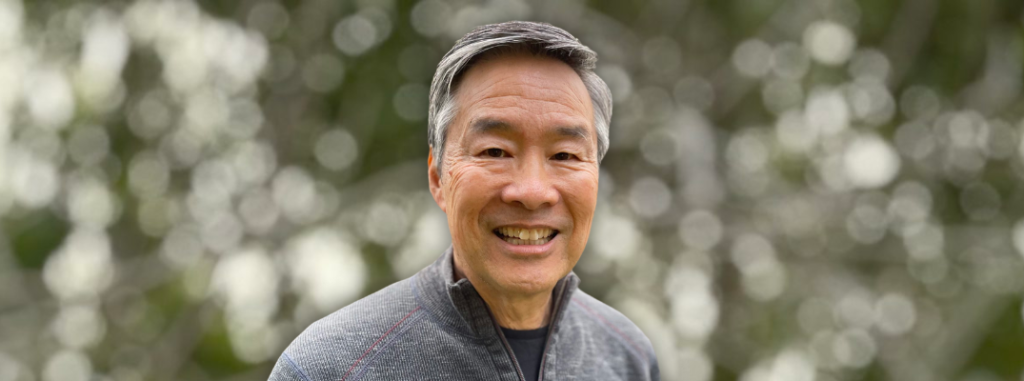
After 26 years at the helm of Densho as the organization’s founding executive director, Tom Ikeda announced his retirement at the start of the year. He had this to say in January 2022: “I have poured my heart into Densho for the past 26 years and consider it my life’s work to preserve and share the story of WWII Japanese American incarceration so that it is never forgotten. My commitment to this history and this community will continue long after my retirement. This isn’t an ending so much as the start of an exciting new chapter for Densho and for me.”
#6 – Nine Nikkei Women Writers You Need to be Reading Right Now
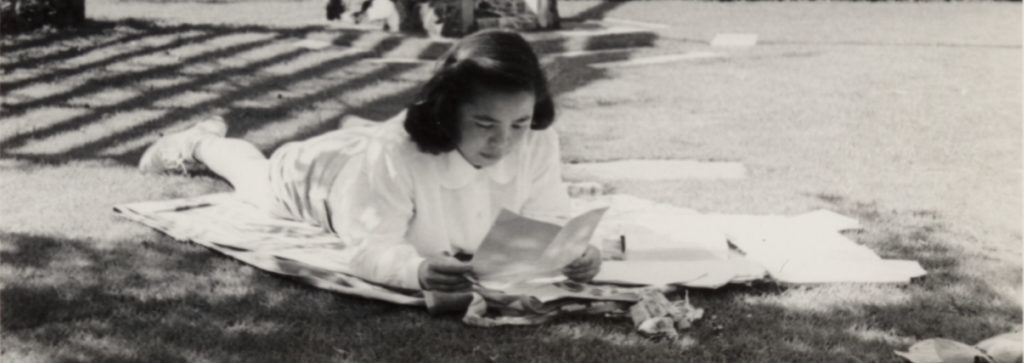
We asked writers, teachers, artists, and activists to help curate a special Women’s History Month reading list featuring books by Nikkei women authors. They came up with a phenomenal list of classic and contemporary memoirs, biographies, poetry, art critique, and more. Check out their recommendations to find out why these must-reads should be on your radar all year round.
#5 – Memory Net Remembrance Project
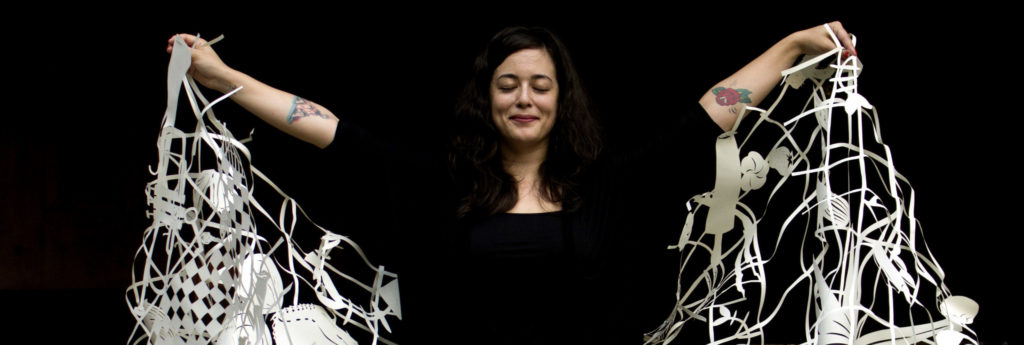
In recognition of the 80th anniversary of Executive Order 9066, Densho launched a new community art initiative: the Memory Net Remembrance Project. Together with 2021 Densho resident artist Lauren Iida, we collected submissions of “memory objects” that symbolize hope, strength, and/or resistance for you or your ancestors during WWII Japanese American incarceration. Lauren selected from these objects to incorporate into a 30-foot-long cut paper net that now hangs as a semi-permanent installation in Densho’s community room.
#4 – Photo Essay: 2022 Heart Mountain Pilgrimage

Several Densho staff members were honored to be among the attendees of the 2022 Heart Mountain Pilgrimage this summer. This was Heart Mountain’s first major on-site pilgrimage since the start of the pandemic and the appreciation for community and connection permeated the entire event. Check out these photos and highlights — and thank you to the Heart Mountain Wyoming Foundation and staff of the Heart Mountain Interpretive Center for hosting this incredible event, and to all of our fellow attendees for sharing this powerful experience with us!
#3 – Photo Essay: Japanese Peruvian Lives Before WWII

The United States imprisoned some 2,200 Japanese Latin Americans on US soil during WWII, most of them from Peru. Densho Media and Outreach Manager Nina Wallace pulled some highlights from a recent addition to our archives that offers a fascinating glimpse at Japanese Peruvian lives before and immediately after this forced removal.
#2 – Introducing Densho’s New Executive Director

After an exhaustive national and international search, Naomi Ostwald Kawamura was selected unanimously by Densho’s board and staff search committees to be our next executive director. Naomi brings a rare combination of experience in education, museums, nonprofit leadership, and a passion for Japanese American history and memory work. We were — and still are — thrilled to welcome Naomi to the Densho family!
#1 – We Need Critical Race Theory in our Schools Now More Than Ever

Here at Densho we talk a lot about the importance of preserving the history of WWII Japanese American incarceration. But we are well aware that acts of racism and violence have been part of American history since its founding and, tragically, they don’t just exist in the past. We can’t hope to heal from our past — or extinguish racist violence from our present — if we don’t address the problem at its core. And that’s why we need to be able to talk about the systemic nature of racism and xenophobia, in the hope that future generations will have the tools they need to overcome it.
Coming in as our number one most-read post of 2022 is Densho Communications and Public Engagement Director Natasha Varner’s breakdown of what Critical Race Theory (CRT) has to do with Japanese American history, why the anti-CRT backlash is rooted in fear and anti-Blackness, and what you can do to help.
—
[Header: Two young Japanese American boys doing schoolwork write in notebooks in a Tule Lake classroom. Courtesy of the Robert Billigmeier Collection, CEMA 60, Department of Special Collections, University Library, University of California, Santa Barbara.]
